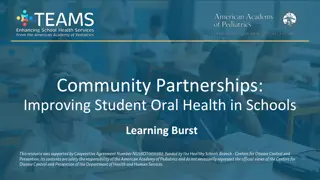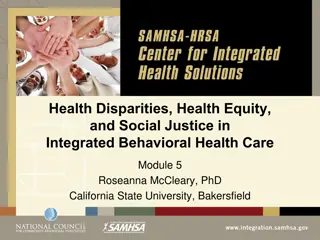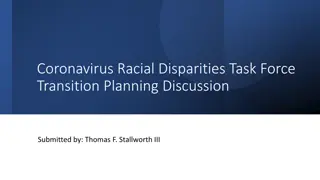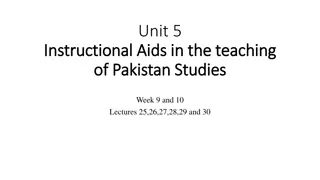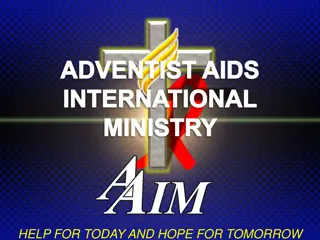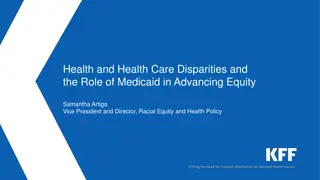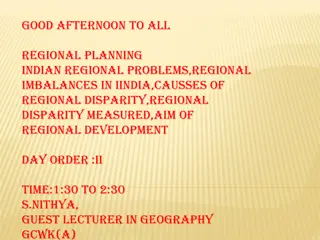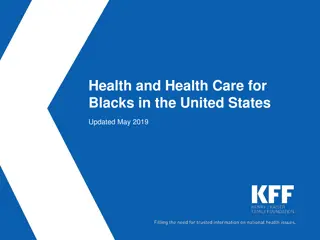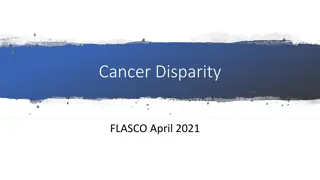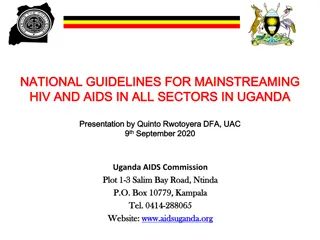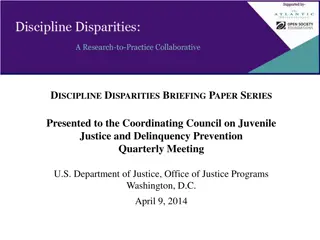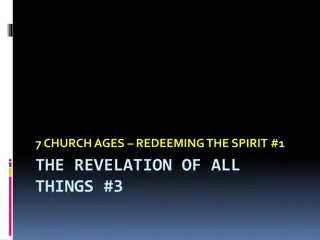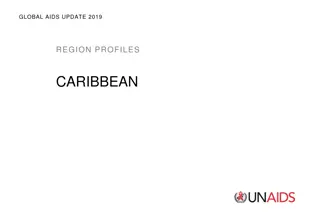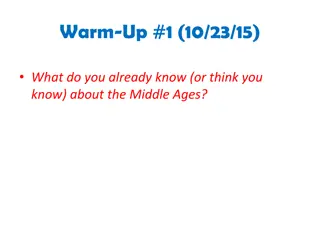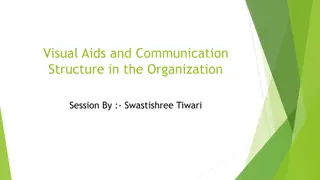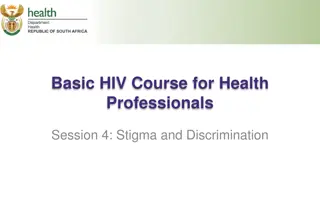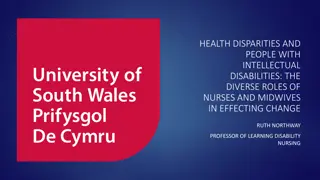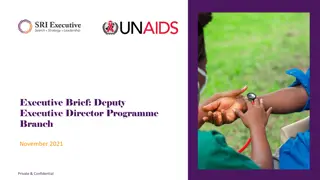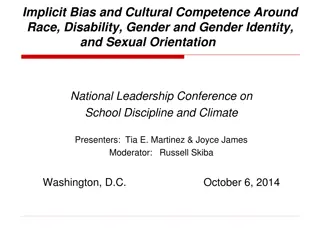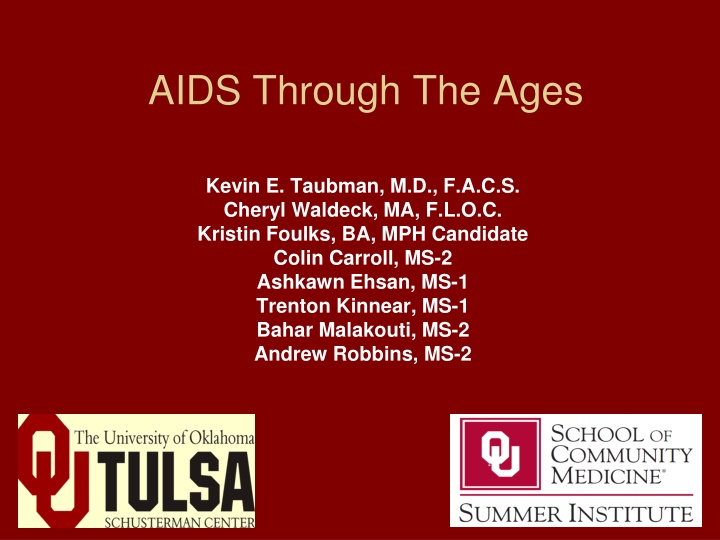
AIDS Through The Ages: Highlighting Disparities And Community Efforts
In-depth analysis of generational and ethnic disparities in HIV/AIDS outcomes, focusing on adolescents and older individuals. Discusses the increased incidence among specific populations and the urgent need for community-based participatory research. Highlights key stakeholders involved in prevention and treatment efforts.
Download Presentation

Please find below an Image/Link to download the presentation.
The content on the website is provided AS IS for your information and personal use only. It may not be sold, licensed, or shared on other websites without obtaining consent from the author. If you encounter any issues during the download, it is possible that the publisher has removed the file from their server.
You are allowed to download the files provided on this website for personal or commercial use, subject to the condition that they are used lawfully. All files are the property of their respective owners.
The content on the website is provided AS IS for your information and personal use only. It may not be sold, licensed, or shared on other websites without obtaining consent from the author.
E N D
Presentation Transcript
AIDS Through The Ages Kevin E. Taubman, M.D., F.A.C.S. Cheryl Waldeck, MA, F.L.O.C. Kristin Foulks, BA, MPH Candidate Colin Carroll, MS-2 Ashkawn Ehsan, MS-1 Trenton Kinnear, MS-1 Bahar Malakouti, MS-2 Andrew Robbins, MS-2
Background Year 2011: No time to be complacent about HIV Nationwide: > 40,000 new cases annually 25% HIV+ population are > 50 years of age. 27% increase in HIV/AIDS cases among adolescents (13-19) in last 6 years. Oklahoma: 1998-2007: 350% increase in HIV+ if > 60 years 44% of those in OK (age 60+) with no identifiable traditional risk factor. Incidence in adolescents increased 25%.
Generational and Ethnic Disparities Outcomes are different Adolescents: 39% of HIV-infected children progress to AIDS-defining illnesses within one year of HIV+ status. 59% undiagnosed until manifestation of AIDS-defining illness Older Individuals (50+): Mortality higher and survival time shorter compared with younger adults 39-46% mortality within 3 years of HIV/AIDS diagnosis
Generational and Ethnic Disparities African Americans and HIV Nationwide: Since 2007, more than 46% of documented HIV/AIDS cases. 57% of HIV/AIDS-related deaths. In 2009, 21,673 new cases were AA Versus 42,959 total new US cases 13-19: Represent 73% of new cases (2009) Oklahoma: Account for 23% of Oklahomans with HIV/AIDS (despite being 7.6% of total OK populous) Oklahoma: 100% increase in last 10 years in both adolescent and 50+ groups
The Goal Primary Outcome Increased community awareness and education through community based participatory research (CBPR) Secondary Outcomes Increased access to diagnosis and treatment Prevention
The Stakeholders The Community Local Regional/National Center for Disease Control and Prevention (CDC) AIDS Coalition Ryan White Foundation Margaret Hudson Program NAACP AARP Boys and Girls Clubs of America Youth Service America Oklahoma State Department of Education Community Service Council HOPE (Health Outreach Prevention Education) Life Senior Services Tulsa CARES Tulsa County Health Department Internal Medicine Specialty Services Clinic OSU Tulsa Public Schools University of Oklahoma School of Community Medicine Youth Services of Tulsa
Methodology Establish Task Force Members Representatives from selected community organizations and the targeted emerging at-risk community populations Goal Identify available resources (Local, Regional, National) Education, Care, Prevention, Funding Through CBPR coordinate the implementation of established/existing and/or pilot projects designed to focus on this population
Timeline and Budget Task Submission to IRB -May be exempt Timeline 1-4 weeks Budget Included in professional service fee Contact stakeholders and set initial meeting/conference 6 weeks Included in professional service fee Subsequent meetings 5 meetings over 12 months $3000 for meetings Grant writing and submission -CDC Act Against AIDS Leadership Initiative (AAALI) #CDC-RFA-PS10-1057 4 months $7000 for professional services Implementation 12 months Grant Funds
Appreciation and Acknowledgements Dr. Gerry Clancy and Dr. Dan Duffy Cheryl Waldeck 2011 Summer Institute University of Oklahoma, Tulsa, School of Community Medicine Ryan White AIDS Foundation Tulsa City/County Health Department

